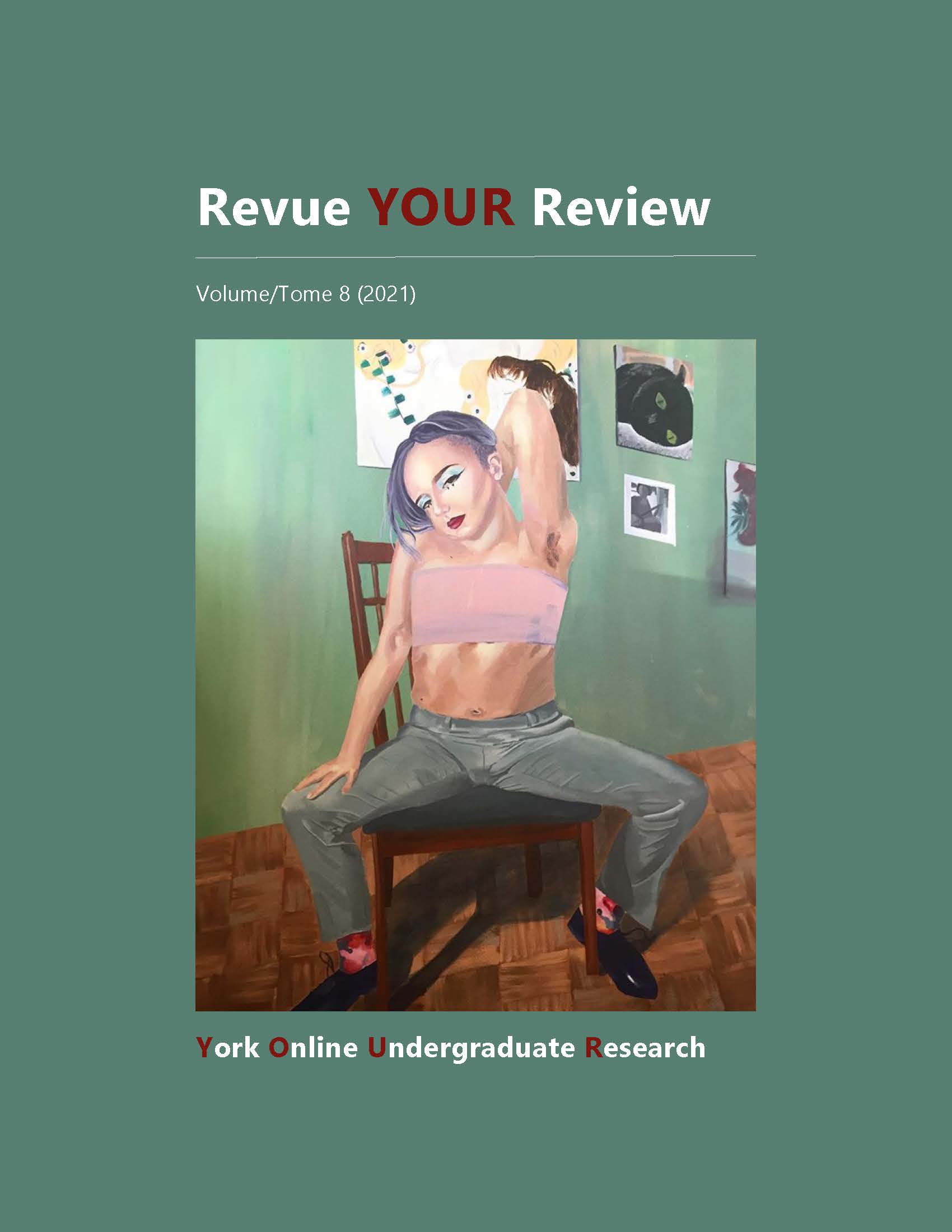Priming Caution Does Not Decrease Receptivity to Fake News
Keywords:
Cognitive Reflection Test, cognitive style, fake news, priming, social mediaAbstract
Fake news is fabricated news content that is presented as factual for the purpose of ideological and financial gain. Much of the existing research seeks to find ways to reduce people’s susceptibility to fake news. The first aim of this study was to replicate findings that suggest higher scores on the Cognitive Reflection Test (CRT) are linked with lower receptivity to fake news. The second aim was to test whether this relationship would be affected by priming cautions, either General or Specific, about the possibility that the information in question may be fake. It was predicted that exposure to a General caution would reduce the receptivity to fake reports, and that a Specific caution would lead to a further decrease in susceptibility. A total of 55 males and 56 females first completed the CRT, then evaluated a series of three true and three fake news articles through a set of four questions via an online survey. The results showed that indeed higher CRT scores were correlated with lower receptivity to fake news; however, using priming cautions did not have an effect on reducing susceptibility to fake news. It was concluded that analytical ability is the most important predictor for being able to recognize false media content. Implementing workshops or developing apps to improve critical thinking skills might help to improve the analytical abilities of individuals, thus making them less vulnerable to fake news.
Downloads
Published
How to Cite
Issue
Section
License
Copyright (c) 2021 Elizabeth Selezneva

This work is licensed under a Creative Commons Attribution-NoDerivatives 4.0 International License.
Authors contributing to Revue YOUR Review agree to release their articles under one of three Creative Commons licenses: Creative Commons Attribution 4.0 International; Creative Commons Attribution-NonCommercial 4.0 International; or Creative Commons Attribution-NoDerivatives 4.0 International. All editorial content, posters, and abstracts on this site are licensed under Creative Commons Attribution-NoDerivatives 4.0 International. For further information about each license, see:
https://creativecommons.org/licenses/
In all cases, authors retain copyright of their work and grant the e-journal right of first publication. Authors are able to enter into other contractual arrangements for the non-exclusive distribution of the e-journal's published version of the article (e.g., post it to an institutional repository or publish it in a book or in another journal), with an acknowledgement of its initial publication in this e-journal.


